When you’re in the market for a second-hand ATV, doing your due diligence is crucial to ensure you make a good deal. One of the factors you need to consider is how many hours the ATV has run. But be aware that the hour count alone does not paint the complete picture of the vehicle’s condition.
A well-maintained and well-treated ATV from a quality brand can last 1000 hours or more. After the 1000-hour mark, there may be a need for some more significant repairs or more extensive maintenance. However, an abused or neglected ATV may last only a few hundred hours before it breaks down.
There is no one answer fits all to exactly how many hours an ATV will last, as this largely depends on how well the bike is taken care of, how it is ridden, and more. The lifespan may range from just a few hundred hours to 5000 hours or, in some cases, even more.
We’ll get more into the various factors determining an ATVs life expectancy later in this post. But to give you a general idea of what to expect, here are some guidelines on how long the bike will last in the different scenarios, ranging from one extreme to the other:
Related: ATV Hours vs. Miles Explained – Hours to Miles Conversion
Don’t we all know someone who somehow manages to break almost everything they get their hands on?
It doesn’t matter whether it is tools, camping gear, sports equipment, or a vehicle. After just a short while in their possession, the item starts to show clear signs of deterioration until it eventually breaks completely, long before the typical life expectancy.
After just a short while in their possession, the item starts to show clear signs of deterioration until it eventually breaks completely, long before the typical life expectancy.
This type of person typically doesn’t put too much thought into things like build quality or brand reputation when purchasing an ATV. They don’t enjoy or don’t take pride in taking good care of the things they own, or they use it way beyond what it was designed to handle.
If you fit in this category, even the highest quality ATV won’t last more than just a few hundred hours of use before it will need significant repairs or possibly a complete restoration. I’ve seen ATVs with 200 hours on the counter in a state where it makes more sense to buy a new bike rather than spending the time and money required to repair the old one.
This is the category where you’ll find most ATV owners, myself included.
These people typically use their ATVs for weekend trail-riding, hunting, or everyday work around the farm.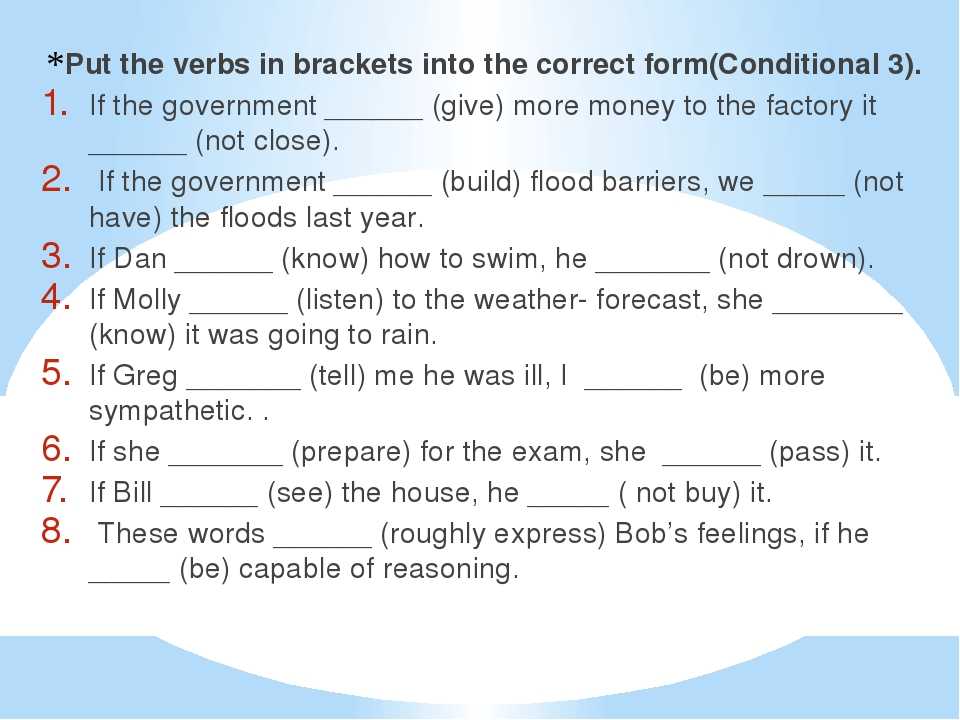 They maintain the specified service schedule, at least for the most part, and clean the bike when it gets too dirty. They generally use the ATV like it’s supposed to be used, without taking it to the extreme.
They maintain the specified service schedule, at least for the most part, and clean the bike when it gets too dirty. They generally use the ATV like it’s supposed to be used, without taking it to the extreme.
If you fit this category, your ATV will likely last 1000 to 2000 hours before significant repairs or more extensive maintenance is required.
ATVs with this amount of hours on them typically end up getting sold to someone with the time and skill required to keep the bike going further, or it ends up being sold for parts or sent to the scrapyard.
At the far end of the scale, you have those who genuinely enjoy and take pride in keeping their gear in top shape.
These are the people who change the oil in between scheduled services just in case, never put away their ATV without cleaning it properly, and ride responsibly without pushing the bike too hard.
When things break or wear, they put in the time and effort required to get the most out of the bike rather than swapping it for a new one.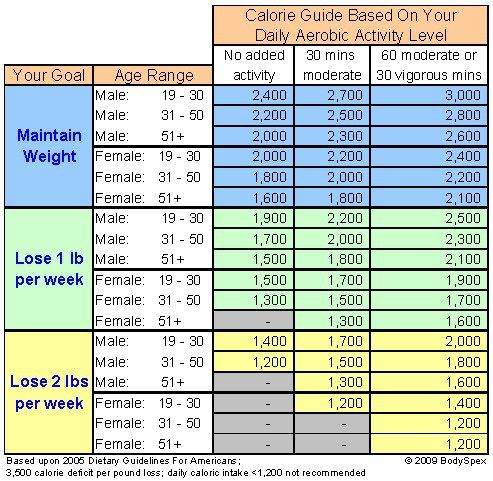
ATVs owned by people in this category are the ones that tend to last the longest. Don’t be surprised if their ATV with 1000 or even 2000 hours on the clock still looks and runs like new. Or their 25-year-old thumper with 5000 hours of runtime is still going strong.
These are the factors that matter the most regarding how long you can expect an ATV to last.
Maintenance is critical when it comes to the life expectancy of ATVs. Failing to keep up with the scheduled service intervals will drastically reduce the number of hours you get out of the bike.
ATVs have a relatively high power-to-weight ratio compared to a car or most other on-road vehicles. Small, high-output engines are typically more service-intensive than heavier engines with less power.
In addition, ATVs are often used in more challenging conditions such as rough and muddy terrain, with a lot of acceleration and braking, pulling cargo, or turning large, heavy mud wheels.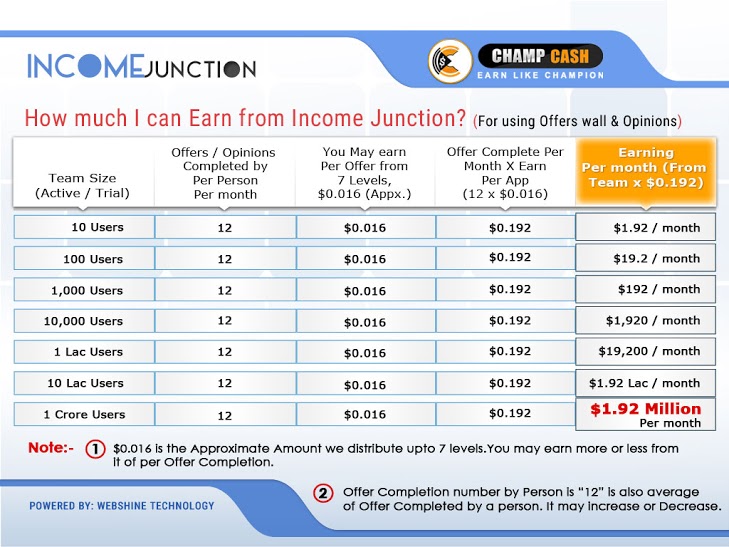 These riding applications put a lot of strain and wear on the engine, drivetrain, suspension, and steering components, consequently making regular service and upkeep critical to ensure long service life.
These riding applications put a lot of strain and wear on the engine, drivetrain, suspension, and steering components, consequently making regular service and upkeep critical to ensure long service life.
Proper maintenance should include regular cleaning and re-greasing. Proper cleaning is essential after riding in the mud and before long-term storage.
Mud left sitting contains moisture that speeds up corrosion and may negatively impact plastic and rubber materials. Bushings and bearings need to be greased regularly to expel moisture that would otherwise cause corrosion, premature wear, and eventually component failure.
Related: 15 tips to prevent rust from developing on your ATV
Some ATVs live a comfortable life putting around the farm, doing light trail riding, or carrying a hunter out to his hunting cabin. These riding applications put a lot less strain on the bike and are considered “light hours. ”
”
Other ATVs are regularly put through challenges such as deep mudding, racing, rock climbing, or pulling heavy cargo in extreme conditions. On the other hand, these riding applications put a lot more strain on the bike and are considered “hard hours.”
An ATV that spends most of its days doing light hours will likely last much longer than one that does mostly hard hours. in the former category of riding
Most manufacturers keep spare parts in stock for about 15 years. After that point, getting spare parts becomes increasingly tricky as parts run out of stock.
After a while, you get to a point where the hassle of scavenging for parts becomes too tedious to be worth it.
An ATV is best stored in a dry, dark, and well-ventilated area, protected from the elements, moisture, and critters.

Related: Can You Keep an ATV Outside? What You Ought to Know
Many ATV owners modify their bikes for increased ground clearance, more power, or better performance in the mud.
A stock ATV is carefully designed and manufactured with an optimal balance between its components.
Any modification that increases performance strains other components such as the engine, transmission, drivetrain, bearings, bushings, and CV-axles. Most of these parts can be upgraded or tweaked to keep up with other performance-enhancing modifications.
As soon as you change one component, the ball begins rolling, and things may quickly become very expensive. What often happens is that people choose the upgrades that increase performance the most such as lift kits and bigger tires, but skip out on the ones required to maintain reliability.
And regardless of your efforts, you will rarely achieve the same reliability and longevity in a modified ATV as in one that’s kept stock.
Related: 26 Essential ATV mudding mods
The average ATV rider goes for recreational trail-riding every other weekend, does some light work around the farm, uses their ATV to get to their remote cabin, or plows their driveway in the winter.
This typically adds up to about 50 to 100 hours of run time each year on average.
Some use their ATV in their daily activities and may put on significantly more hours, while others barely run their bike.
A well-maintained ATV with 500 hours on the counter still has a bit of runtime left. An ATV that is run for more than 100 hours each year on average or more than 1000 hours throughout its lifetime is often considered high because it may soon need more extensive maintenance.
However, the hour count alone does not make for a precise indicator of the bike’s overall condition.
Hours of runtime should be one of the many factors you consider when in the market for a second-hand ATV. Other factors that are just as, if not more important, include:
Other factors that are just as, if not more important, include:
Here are 20 questions you can ask the seller that will give you a much better idea of whether the bike you’re considering makes a good deal or not.
200 hours is generally not considered a lot for an ATV as long as it’s properly maintained, has not been involved in any accidents, and is in overall good condition. However, 200 hours in just one year is on the higher end of the scale.
However, 200 hours in just one year is on the higher end of the scale.
An ATV with 400 hours on the counter will likely begin to see some signs of wear and may need to have wearable parts such as brakes, wheel bearings, and axle joints replaced. However, if it’s followed up on maintenance and hasn’t been abused, it should still have quite a bit of life left.
An ATV engine should last the vehicle’s lifetime, which is typically 15 to 20 years or more. This applies as long as the specified maintenance schedule is fulfilled, the engine is kept stock, and not abused (improper break-in procedure used, regularly overheating, high revs when cold, etc.).
Related: How Long Do ATV Tires Last? When Should They Be Replaced?
If you're considering getting a used ATV, you might be want to know what is high hours for an ATV, and also the high miles.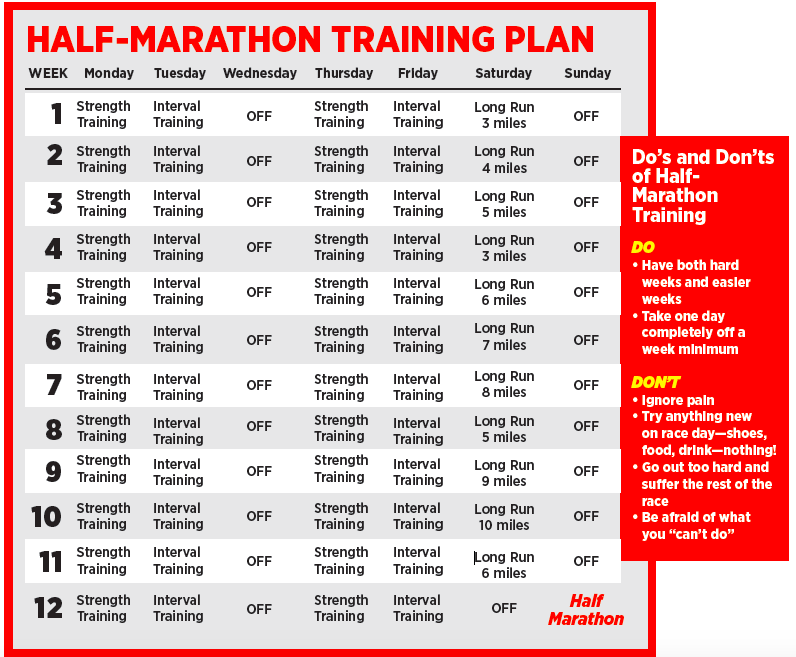
You can't simply claim that 600 hrs or 5000 miles are a lot for an ATV. Because it is determined by many factors.
In this article, we'll be speaking about ATVs and their long life along with regarding their major issues that come with particular hrs and also mileage.
If you are in the marketplace for a used ATV, there are a few factors that you need to take into account. You can utilize my considerable overview to check for ATVs to make sure that you can easily locate the perfect ATV.
Table of Contents
Mentioning any kind of ordinary numbers is so unjust when we are talking about ATVs.
It's difficult to claim that your ATV will last a certain number of hrs or miles as it depends on many variables like where you are riding, exactly how you are riding, and also what care you take of your device.
For example, if you do a lot of road riding, you could easily go a few hundred miles with little to no damage to your ATV.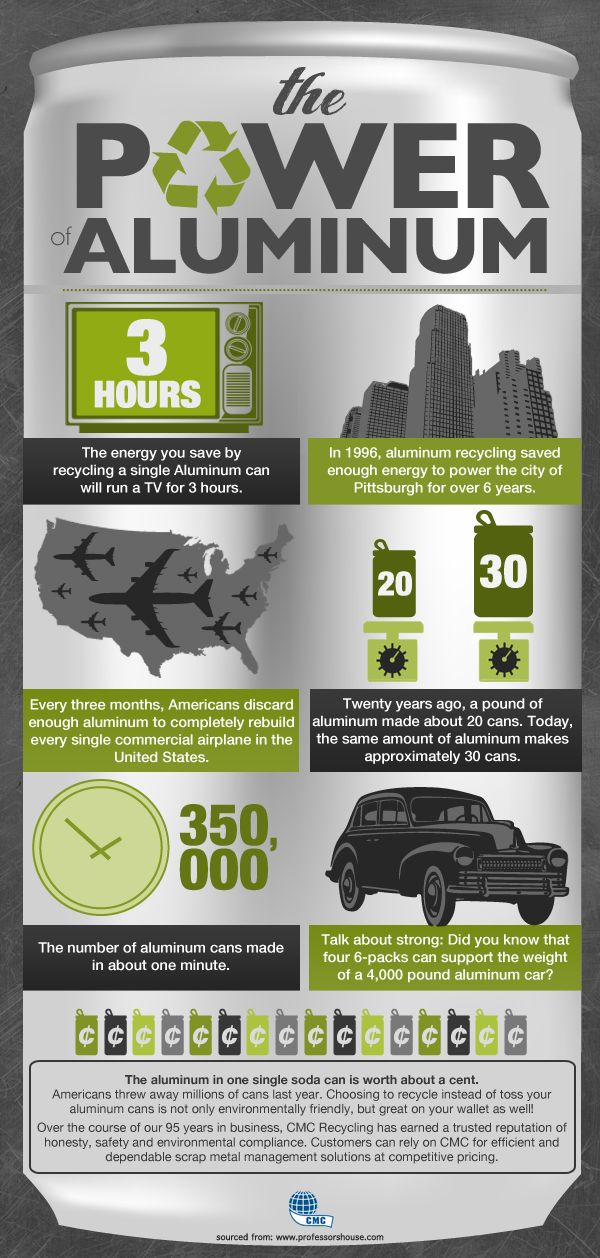
On the other hand, if you're riding on a deep, sloppy track and getting flooded a lot, you need some serious repair work after about 50 miles.
A single person purchases a modern-day Well-known ATV brand-new from the shop and also maintains this ATV with original parts as well as fluid according to the service strategy. Other people get a Chinese inexpensive ATV copy with a 50-hours engine as well as fail to remember to replace the oil in it.
These different factors affect its length of use, so a fixed number for an ATV is not authoritative.
If you are acquiring a second-hand ATV, age is not an excellent indicator of how long your device will certainly last. You require to discover how it has been ridden.
Try to get a great appearance underneath and inspect just how the boots and bearings look as an indicator of just how much off-road job has been done.
Search for various other indications of wear and tear like corrosion on the structure and under the plastics.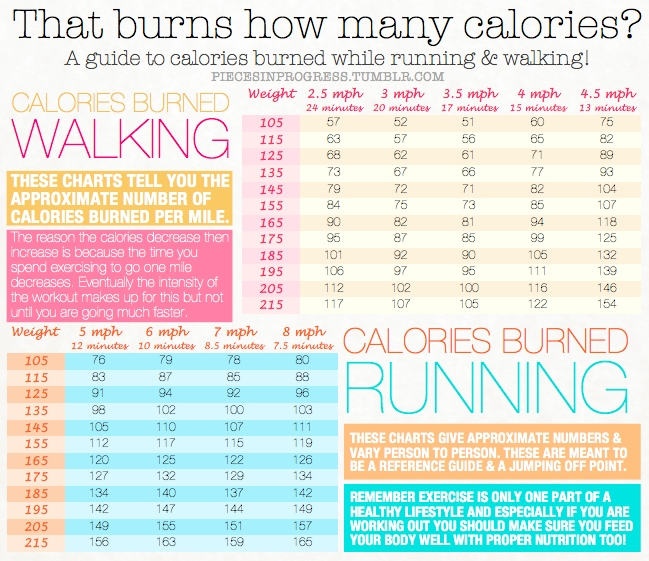 Framework corrosion can lead to an early end for an ATV if there isn't sufficient high-quality steel left to bond onto.
Framework corrosion can lead to an early end for an ATV if there isn't sufficient high-quality steel left to bond onto.
Well-maintained ATVs that are frequently serviced need to last over ten years without too many troubles and also several take place well right into their twenties.
Additionally, ten years ought to be thought of as the maximum period you can utilize your ATV despite having low mileage and also hrs.
As reviewed earlier, if excellent treatment of an ATV is done, then it can go more than 10,000 miles.
Many other elements are likewise there that can forecast the lifespan of an ATV.
1. Brand
If you own a popular brand of an ATV, it can last for years. As an example, Honda holds the most effective track record in ATVs as a result of their items being super trusted.
2. Structure
The exterior body of an ATV is composed of plastic. The condition of the plastic can quickly determine how the ATV has actually been kept.
The condition of the plastic can quickly determine how the ATV has actually been kept.
For this function, eliminate the external plastic body components and also inspect the dents and also fractures in the structure.
If the framework is weak, after that certainly, the life expectancy of ATV is additionally much less. The weak frame likewise shows if the ATV has actually encountered rollovers in its life.
3. Mud/Dirt
A lot of the ATV proprietors do not have any kind of suggestion on how detrimental mud and dirt could be.
When stuck on the subjected parts of an ATV, mud absorbs moisture. This dampness supplies a beneficial condition for rusting. This corrosion, in return, damages the ATV.
The mud on the body of the ATV can additionally damage the paint. The paint can get removed conveniently by the mud, as well as this triggers corrosion to form. Do not fret; this all happens if mud is left on the body for a long period of time. Dried-out mud is rough in nature.
Dried-out mud is rough in nature.
It can likewise trigger damage to the mobile parts of the ATV like joints and also the bearings. It can additionally damage the brakes. In other words, after an unclean sloppy trip, tidy your ATV completely as a tidy ATV has even more life than a filthy one.
4. Hours to mileage ratio
When we discuss the lifespan of an ATV, just counting the number of miles and hrs it has actually covered is not important. The most essential thing is how the ATV is ridden as well as exactly how this distance is covered.
One technique to check this is to raise the ATV as well as concentrate on the bearings, and go with any rips or holes in the curriculum vitae boots.
The function of the CV boots is to retain the oil inside the CV axles. It additionally safeguards the axle. When the curriculum vitae boot gets ripped, then your CV joints can obtain exposed and begin rusting.
On taking a look at the CV boots, if large splits are seen, then it shows that the ATV had actually not been preserved effectively, causing its lowered lifespan.
The hours to mileage ratio on an ATV tell you how hard the ATV was driven.
Typically talking, if you discover an ATV with high miles and low hours, it implies that the automobile was driven hard.
So what is a good Hrs to Gas mileage proportion?
I find that around 15 miles to 1 hr (15:1) is a good proportion. Keep in mind that this number can be fudged by ATV owners by merely idling ATV.
The ratio does not take idling into account and also presumes very little idling of an ordinary ATV individual. It provides a great criterion for you if you're fretted about high hours on your trip.
If your trip does not include performance, keep an eye on hours. There are a variety of excellent hr meters that can assist you with this.
ATV in the mud
We would claim that 1000 hours must be taken into consideration a top limitation for any ATV, even if we are talking about an excellent brand.
Also, one decade must be thought of as the maximum period you can use your ATV despite having low mileage and hrs.
However, these variables need to be considered:
1. Hrs to mileage proportion. Low-mileage but high-hours ATVs were most likely made use of in rough terrains constantly, so their suspension and powertrain aren't in a good condition anymore. A high-mileage and low-hours ATV is somewhat far better due to the fact that it was made use of on far better roads.
2. Upkeep of high quality. ATVs don't like when proprietors try to save up some money as well as begin getting more affordable oil, negative filters, and low-cost aftermarket parts. In this instance, even 200 hours need to be thought about a lot.
3. Widely-open throttle hours. You have to take into consideration where as well as exactly how the ATV was used. Much widely-open throttle time kills the engine quicker, and this is the most costly part of your ATV.
4. Mud problems. Many ATVs obtain buried in the mud because of inadequate driving and poor landscape investigation. This is like the flooding damage to a vehicle.
5. Mechanical problems. For an ATV that has actually been in crashes hrs as well as gas mileage aren't important anymore. In this situation, you must consider its condition (the means it was fixed and also preserved after the mishap).
As for the mileage, an ATV is considered "high miles" once it reaches around 10,000 miles. What's more crucial, however, is exactly how it was maintained and also just how the previous proprietor rode it.
Even at 10,000 miles, if the previous proprietor made the effort and effort to look after the ATV, there might still be a lot of life left in the vehicle.
While there are differing viewpoints on this issue, many off-roaders will agree that anything over 5000 miles is considered high mileage on ATVs.
Nevertheless, there are often instances when an ATV with higher mileage is more dependable than one with low mileage.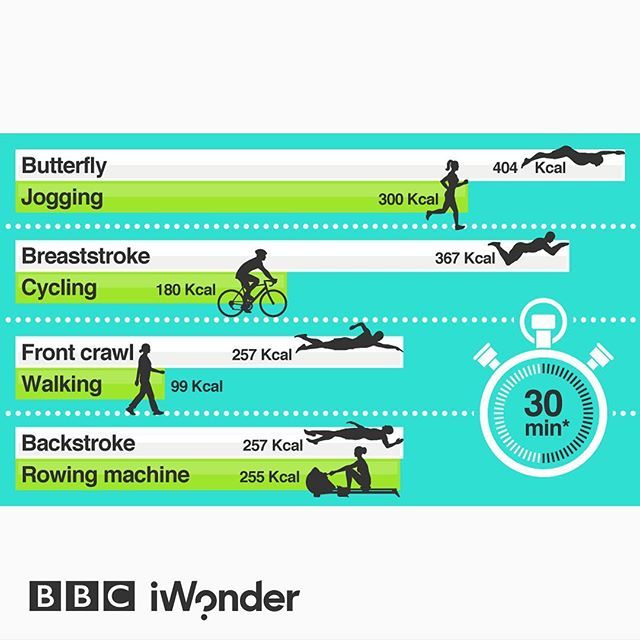 This is because the maintenance carried out by the previous proprietor haves a critical effect on the durability of the ATV.
This is because the maintenance carried out by the previous proprietor haves a critical effect on the durability of the ATV.
If you are planning to buy a used ATV, the genuine key to figuring out the value of an ATV past mileage is requesting a test ride.
Considering that this is a long time investment, you have every right to ask questions about the ATV before making a decision.
Any type of straightforward off-roader will recognize the value of this history check as well as will certainly answer without delay with whatever information you need to recognize.
If you locate that the seller is reserved by your questions, after that I recommend you carry on asking. If you are not a skilled rider or even much better, a technician, you might be fooled into paying more than the ATV is worth.
Make certain to ask about exactly how the ATV was made use of and what upkeep the previous proprietor carried out on it. Their riding style can say extra regarding the problem of the automobile than anything else.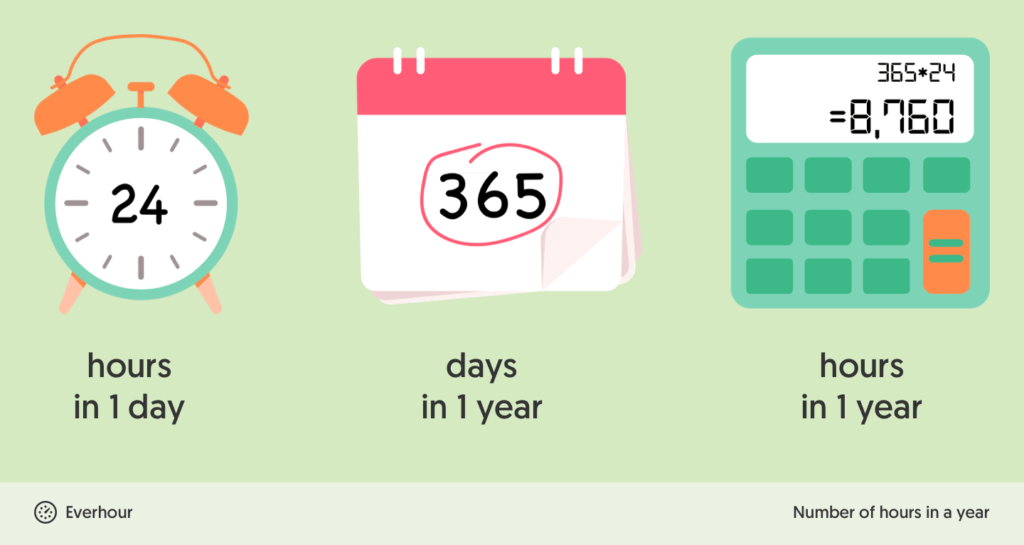
If they state that they utilized it on the sloppy surface, then even a number as low as 2000 miles can be taken into consideration high mileage. In this case, you need to make certain the vendor has cleansed the ATV completely and also no mud is caught under the framework. Mud can be the adversary of fundamental parts, such as your engine.
On the other hand, if the vendor states that they used the ATV for informal riding and they have done precautionary maintenance, this most likely implies that the ATV is in good shape even after a couple of even more thousand miles. In a scenario like this, it is risk-free to buy an ATV with more than 5000 miles, especially if the cost offer is attractive.
Nonetheless, see to it to take an examination trip as well as also demand records of maintenance checks for reassurance.
Riding an ATV
Relative to high mileage, an ATV with 1000 miles or under is taken into consideration to have low mileage.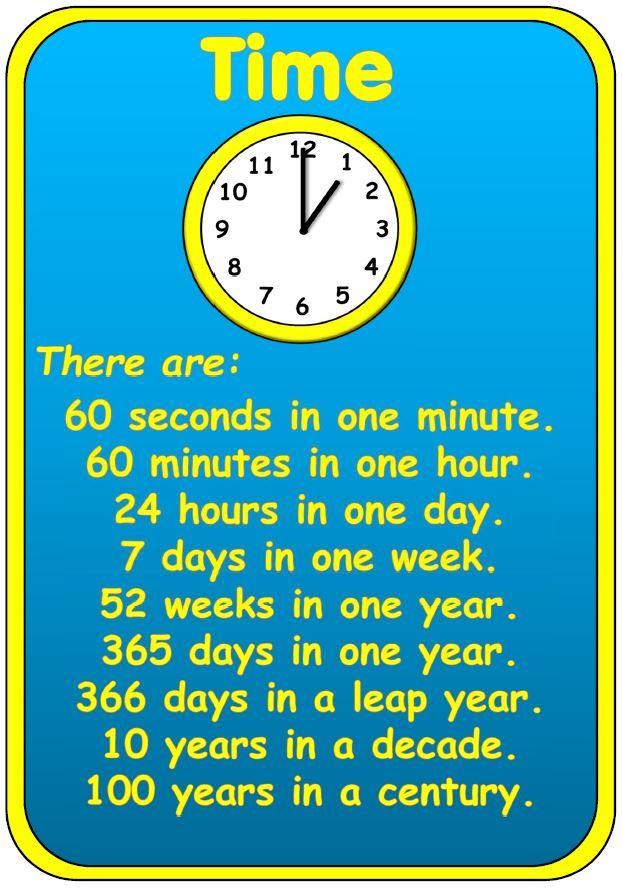 This typically suggests that the ATV has been made use of for a year or two as well as did not need much upkeep. This is the ideal circumstance for purchasing a brand-new off-road car, specifically if the previous proprietor did not rough up the ATV with water regularly.
This typically suggests that the ATV has been made use of for a year or two as well as did not need much upkeep. This is the ideal circumstance for purchasing a brand-new off-road car, specifically if the previous proprietor did not rough up the ATV with water regularly.
Albeit, that can be an incorrect presumption. Whenever I see low mileage on ATVs, I make certain to check the year of the Production too. For instance, if the ATV has 500 miles but is a 2010 model.
As previously mentioned, ensure to ask the vendor regarding the background of the ATV. A positive explanation in this circumstance is that the proprietor just used it for farm work as well as kept it in a garage throughout the winter months.
Not just that, they took it right into the store frequently for maintenance checks. After that, it is worth taking it for a test ride to see just how it performs on the trail.
I am presuming you intend to utilize your new ATV for years. Although mileage is not the only investing factor you ought to consider, it is still informing of just how much upkeep you will certainly do in the future.
Although mileage is not the only investing factor you ought to consider, it is still informing of just how much upkeep you will certainly do in the future.
For hours and mileage, we can't use a single statistic to decide to buy or not to buy, we also have to consider how the ATV is overall in terms of many other factors.
It is constantly good to get these ATVs serviced skillfully every quarter. You ought to also attempt to do important maintenance of the ATV frequently on your own. But also avoid the wrong ATV maintenance mistakes.
1. Clean the dirt regularly. The considerable damage that takes place to ATVs result from the dirt and dirt which gets into the engine. Thus these ATVs require to be effectively cleansed routinely. In addition to this, the air filter of ATV requires to alter at regular periods.
2. Prepare for muddy road riding. Prior to riding in specks of dirt or mud locations, you need to apply grease to ensure that the mud can not adhere to the ATV.
3. Cleaning of chains, brakes need to take place on your ATV, because mud always sticks to chains and brakes.
4. Regular oil changes. An additional essential idea to efficiently ride your ATV altering the oils regularly.
5. Grease application. It would certainly assist if you greased zerks on the suspension to provide sufficient lubrication to the bushings. If this mushing is not lubricated, there are always chances of them getting torn off.
6. Stay dry. You need to evermore dry your ATV ere igniting the engine. To prevent damage to the seals, jet-wash needs to be prevented.
7. Regular inspections. Major maintenance for electricals is to examine the rust on electrical terminals routinely. You require to seek damage of cables as well.
8. Parking your ATV under the cover or in the garage is also a great suggestion to maintain its longevity. If in any way these ATVs can not find their space, they need to be at least covered with ATV covers.
By just adhering to the above policies, you can always raise the life span of your ATVs. In addition, these ATVs, if kept correctly, can rapidly be further sold in the used market at a superb cost.
ATVs maintenance
Unless you love going mudding as well as knowing what you're doing, prevent the mud machines.
These ATVs don't have much of a warranty and are rode very hard. It's not unusual for them to get hydro-locked due to mud and water entering the engine and consumption. Water in the engine can flex piston rods and also blow the engine.
Mudding ATVs are taken apart and torn down usually as a result of them getting submerged in water and also mud at all times.
In addition to machines with mud, ATVs that are completely submerged in water are also to be kept away from, as this will eventually cause major problems.
1. Jack the ATV up as well as inspect wheel bearings by wiggling the tire side to side. A lot of give is bad bearings as well as require to be repaired.
2. Inspect the CV boots that are not torn or broken.
3. Check for framework cracks, and informs you if it's been harmed in a roll.
4. Check for corrosion, particularly on the framework as well as electrical. A rustic framework tells you it has cracks and been rolled.
5. Choose an examination ride and also listen to the engine. The throttle ought to offer an immediate reaction. If it slowed down, something is wrong. If the engine is knocking something is not right.
6. Examine to see how it starts. If it's fuel-injected, it should have no issues starting. If it's carbureted, it ought to begin when choking it. If it's sluggish to start, maybe the battery and even the starter going out. If it passes on great however does not start easily, after that you got some problems.
Best Budget ATV Helmet Communication Systems: Under $100!
Rodney L Herron
Rodney L is a technical writer and product consultant with over a decade of experience in the motor industry. Rodney is a fan of performance machines that run fast and loud and an expert in all things custom. His numerous articles and write-ups are available at our knowledge base. Whether it’s something wrong with your motorcycle or you are building a custom bike, you can trust Rodney’s experience.
| Children's ATV specifications Children's ATV specifications may vary significantly. Based on the parameters of the transport in question, one or another model can be recommended for children of different ages. To make it easier for you to choose a gift for your child, in this article we will try to reveal the main features of the technical characteristics of children's ATVs. Let's start by simply listing the main parameters that require special attention of the buyer while he is trying to decide on a device that he likes and can afford. So:
Now we will tell about each of the above parameters in more detail. DimensionsATVs must be sized according to the age and height of the child. If you want to purchase vehicles for growth, then make sure that at the moment the device is safe for the child: it should be comfortable for him to sit and the steering wheel should be accessible. Engine powerAs you know, the maximum speed of a vehicle depends on the engine power. When choosing the devices in question for their children, parents often look at this parameter. So, for example, if you want to buy a children's ATV for growth - an engine size of 125 cubic meters with a power regulator can be quite suitable for children 10-15 years old. Whether you decide to buy a children's 4-stroke or 2-stroke quad - do not forget to carefully study all its options. Perhaps you don’t need some of them, or, conversely, the function you need is missing, then it’s better to look for a model of a different plan. Battery capacityThe battery capacity determines how long the connected device can operate. In our case, this is an electric quad bike. Most often, this transport is purchased for children aged 2-3 to 7-9 years. Such models are no worse than their gasoline counterparts, while they even have certain advantages in the form of:
For example, children's ATVs 24v or 12 volts work up to an hour and half an hour, respectively. This time, as a rule, is quite enough for the child to roll over and want to have a snack or sleep. Our consultant can provide you with more information. Write him your question online or contact him by phone. SafetyWhichever kids ATV you choose (110-150cc or 49cubes), the safety of this device is of great importance. All because your children will ride it. When it comes to protecting children, parents tend to be very sensitive about this issue. The safety of the vehicle in question will be high if:
Some models are equipped with additional seat belts, which is quite justified at a certain age of children. Also, if the maximum speed of the device is high enough, it is often recommended to acquire helmets for children. It should also be noted that the safety of toddlers driving a battery ATV increases the presence of a remote control for parents, which at any time will allow you to stop your baby's car (however, its range is limited and, as a rule, is about 0.2 km). Quality of materialsThe quality of materials, regardless of whether you decide to buy a children's ATV for 10 or 49 cubic meters, is one of the important parameters when choosing a model of the transport in question. As a rule, well-known brands use proven raw materials and technologies during the manufacture of this vehicle. Little-known enterprises very rarely, but still, may try to reduce the cost of the final product through the use of cheaper and lower quality materials. Maximum load capacityThis parameter indicates the maximum child weight at which the vehicle in question can be safely used. It is clear that a children's two-seater ATV will initially have a greater carrying capacity than a similar single-seat device for a 3-year-old toddler. Why is this feature important? Because if it is neglected (the use of a quadric by a child whose weight exceeds the specified allowable maximum), various unpleasant situations are possible:
Do not remain indifferent to this characteristic so that your child does not suffer. Where can I buy children's four-wheel drive ATVs without overpaying? Children's four-wheel drive ATVs can be purchased without any hitches and overpayments at ZonaSporta. Our company offers its customers (both permanent and potential) very favorable conditions for cooperation. So, for example, in case of contacting us, the client can take advantage of the benefits listed below:
Would you like to pamper your child with a private vehicle? Then order from us a children's two-stroke or any other ATV without delay! |
Winter is not a reason to say goodbye to your favorite vehicle and outdoor activities until the next summer or spring. Fans of quadrics are well aware that even in severe frosts you can enjoy the ride.
Snow-covered roads, icy climbs and other delights of winter will provide a unique experience of extreme ATV driving, as well as a lot of fun and vivid impressions. However, before you get behind the wheel of a “steel friend”, you need to prepare it for the upcoming winter walk.
Preparation is not only a necessary condition for the smooth operation of equipment in low temperatures, but also a guarantee of the safety of the driver and passengers.
So how do you winterize your ATV? The entire preparatory stage can be divided into several actions that must be performed before driving ATVs:
ATV riding in the cold season has a number of features. What should be remembered when operating an ATV in winter? Main nuances:
Another additional recommendation is that the driver has winter equipment. This includes thermal underwear, windproof jacket, heated helmet, gloves and insulated boots. All this is necessary in order to fully enjoy outdoor activities in the winter.
A special topic is storing the ATV in winter. The ideal option is a heated box or garage. Properly organized storage extends the life of equipment by several years. Often, owners store ATVs on the street, after covering it with a moisture-resistant cover. At the same time, many people remove the battery and take it into the house, to a warm room.